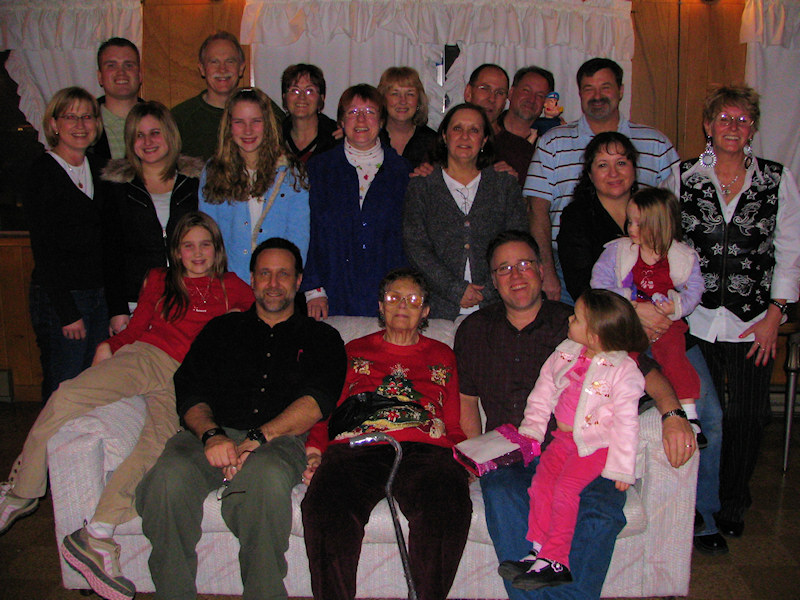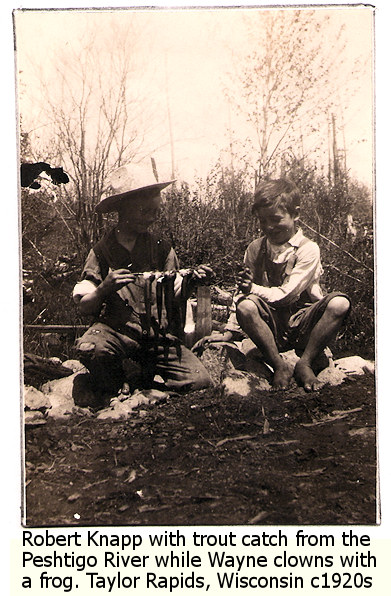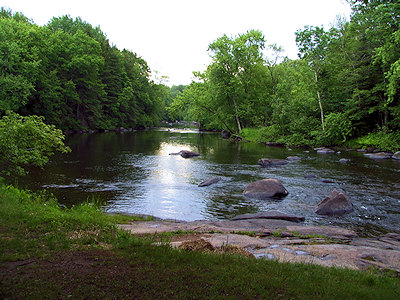Your Brother Kinds has an interesting post on “Preservation and dissemination” that caught my eye. Canterbury5 writes about how a recent purchase of old family history documents promotes a great deal of thought and consideration:
What I have been thinking about is the responsibility that goes along with possessing such things. The loss of old documents to fire, weather, theft, and just plain age is a commonly-cite source of frustration and anger to our hobby and historians generally. Every time a government building or a church burned down, back in the day, volumes of records of the most important events in so many peoples’ lives went up too.
Over the last few years, as I have moved from dabbling in this hobby to being a bit rabid about it, I have tracked down and handled a wide variety of old papers. I doing so, I have found them in every manner of state and condition. A distressing few properly preserved; some slapped together in a folder and placed in a box that no one has touched in 50 years; a great many wrongly indexed or not indexed at all, slowly rotting as the clock ran out on their usefulness.
Putting all of this together, I get the sense that I have a responsibility to the documents themselves.
This is something that worries me greatly. Not long ago, after a family member begged for years to gain access to her family home’s attic, historical documents and photographs, she was finally given permission to take three boxes of things out at a time. She gathered three overflowing box loads, took them home and copied and scanned everything she could. She had returned two of them, with one still in her possession when the family home burned to the ground, taking with it several generations of history. The only pieces left were in the one box she had not yet returned.
My father’s family bible from the 1700s and photo albums, some dating back over 100 years ago, sit in his cigarette smoke filled house that is damp and leaking. Some of the oldest albums have mildew and signs of fungus on them. They all stink horribly, even our own current day photo albums not more than 20 years old. The risk of damage to these is hovering over them, but he refuses to allow me to take them or put them in more protective storage.
Other family members have been incredibly open and gracious, sharing every ounce of information, documentation, photographs, and recordings they have to help us document our family history, so those that cling and hang, make it harder for the rest of us, but when we do get access to original family history material and artifacts, that ownership does come with a very high level of responsibility. And insecurity.
So I identified totally with this post. It makes me stop and think about how to preserve this information without risking it.

 My grandfather, Howard W. West, serviced on the USS Arizona in the 1920s. Going through his photograph album from that time period, as well as his
My grandfather, Howard W. West, serviced on the USS Arizona in the 1920s. Going through his photograph album from that time period, as well as his  On the first pages of the old photograph ablum of my grandfather, Howard W. West, and his time in the Marines and military, much of which was spent on the USS Arizona during the 1920s, I found a lovely signed photograph or postcard of an oriental woman. The signature reads: Nishimura Sannomiya, Kobe, Japan.
On the first pages of the old photograph ablum of my grandfather, Howard W. West, and his time in the Marines and military, much of which was spent on the USS Arizona during the 1920s, I found a lovely signed photograph or postcard of an oriental woman. The signature reads: Nishimura Sannomiya, Kobe, Japan.



